Disclaimer: The following blog post was generated with the assistance of ChatGPT, an AI language model trained on a vast corpus of text. The content should not be taken as professional advice and is provided for informational purposes only.
Table of contents
Open Table of contents
Introduction
Artificial Intelligence (AI) has emerged as a transformative technology that is changing the way we live and work. From agriculture to finance and everything in between, AI has the potential to revolutionize various industries and help us solve some of the world’s most pressing challenges. In this post, we will explore the power of AI across industries and how it is transforming various fields. We will examine the potential benefits and challenges of using AI in these industries and discuss how researchers and professionals are working to ensure that AI is used in an ethical and transparent manner. By the end of this post, you will have a better understanding of how AI is shaping the future of agriculture, healthcare, transportation, finance, and more.
AI and agriculture

AI has the potential to transform agriculture by improving production efficiency, reducing waste, and increasing resource sustainability.
AI can be used to improve agricultural production by providing insights into soil health, crop growth, and pest management. For example, AI can be used to analyze data on soil nutrients and moisture levels, helping farmers to optimize crop yields and reduce water usage.
AI can also be used to monitor crop growth and detect early signs of disease or stress, enabling farmers to take proactive measures to prevent crop damage and loss.
In addition, AI can be used to develop precision agriculture techniques, such as precision planting and fertilization, which can help farmers to reduce waste and improve resource efficiency.
However, there are also challenges associated with the use of AI in agriculture. One of the key challenges is the need to ensure that the use of AI is ethical and aligned with agriculture values. This includes addressing issues related to bias, as well as ensuring that the use of AI does not compromise the safety and quality of agricultural products.
Another challenge is the need to ensure that AI systems are accessible and affordable for farmers, particularly in developing countries where resources may be limited.
Despite these challenges, the potential benefits of AI in agriculture are significant, and researchers and farmers are actively exploring the possibilities of AI-supported agriculture. By combining the strengths of human and machine intelligence, we may be able to achieve more sustainable and efficient agricultural production systems.
AI and transportation
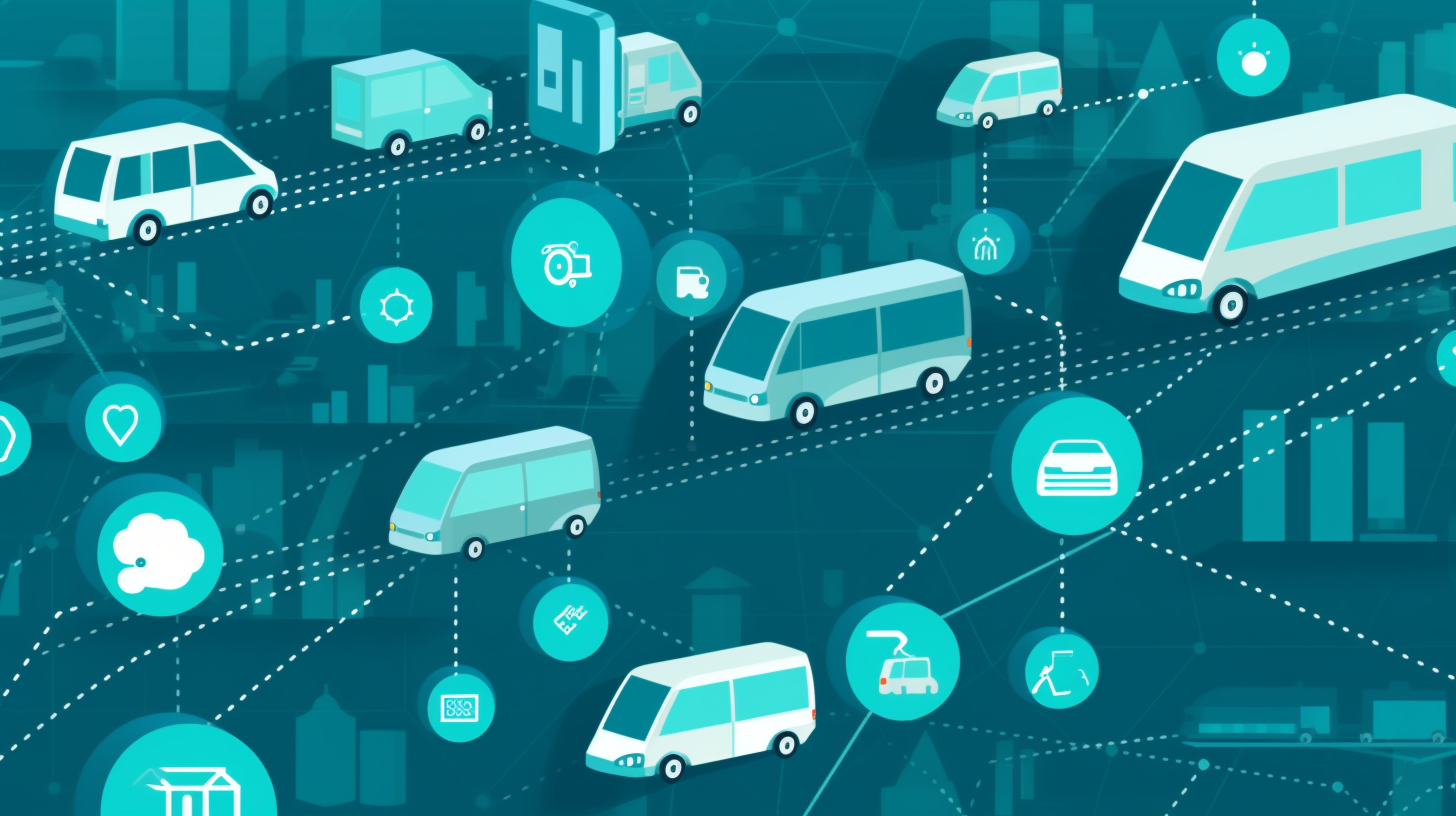
AI has the potential to transform transportation by improving safety, efficiency, and sustainability.
AI has the potential to revolutionize transportation by improving safety, efficiency, and sustainability. For example, AI can be used to develop more advanced and accurate driver assistance systems, such as autonomous vehicles, that can help reduce the number of accidents caused by human error.
AI can also be used to optimize transportation networks and improve traffic flow, leading to more efficient use of resources and reduced congestion.
In addition, AI can be used to develop new transportation technologies and systems, such as electric and self-driving cars, that are more sustainable and environmentally friendly.
However, there are also challenges associated with the use of AI in transportation. One of the key challenges is the need to ensure that the use of AI is ethical and aligned with transportation values. This includes ensuring that the use of AI does not compromise the safety and security of passengers and other road users.
The potential benefits of AI in transportation are significant, and researchers and transportation professionals are actively exploring the possibilities of AI-supported transportation. By combining the strengths of human and machine intelligence, we may be able to achieve safer, more efficient, and more sustainable transportation systems.
AI and sports

AI has the potential to transform sports by improving athlete performance, developing effective strategies, and enhancing the viewing experience for fans.
AI has the potential to revolutionize sports in many ways, from improving athlete performance to enhancing the viewing experience for fans. For example, AI can be used to analyze athlete biometric data, such as heart rate and muscle fatigue, to optimize training programs and improve performance.
AI can also be used to analyze game data and develop strategies that maximize a team’s chances of winning. This can lead to more effective plays and better team performance.
In addition, AI can be used to enhance the viewing experience for fans by providing real-time data and analysis during games. This can help fans to understand the game better and appreciate the skills and tactics of the athletes.
However, there are also concerns about the role of AI in sports. Some argue that the use of AI in sports could lead to a devaluation of human skills and athleticism, or that AI-generated strategies may lack the creativity and intuition of human-generated strategies.
Another concern is the potential for bias in AI-generated analysis. If the training data used to train an AI system is biased, the generated outputs may also be biased, which could perpetuate harmful stereotypes or reinforce existing power dynamics.
Despite these concerns, the potential benefits of AI in sports are significant, and researchers and athletes are actively exploring the possibilities of AI-supported sports. By combining the strengths of human and machine intelligence, we may be able to achieve new heights of athletic performance and entertainment value.
AI and entertainment

AI has the potential to transform entertainment by creating more immersive and personalized experiences for audiences and enhancing the creative process for artists and creators.
AI has the potential to impact entertainment in many ways, from creating more immersive and personalized experiences for audiences to enhancing the creative process for artists and creators.
For example, AI can be used to generate music, art, and other creative works based on input from users, leading to more personalized and interactive experiences. AI can also be used to analyze audience data and preferences, helping creators to develop content that is tailored to the interests and needs of their audience.
In addition, AI can be used to enhance the creative process for artists and creators, by providing tools and assistance to help them generate and refine creative ideas. For example, AI can be used to suggest new directions for a creative project or to provide feedback on works in progress.
However, there are also concerns about the role of AI in entertainment. Some argue that the use of AI in creative fields could lead to a devaluation of human creativity, or that AI-generated works may lack the depth and complexity of human-generated works.
Another concern is the potential for bias in AI-generated entertainment. If the training data used to train an AI system is biased, the generated outputs may also be biased, which could perpetuate harmful stereotypes or reinforce existing power dynamics.
Despite these concerns, the potential benefits of AI in entertainment are significant, and researchers and artists are actively exploring the possibilities of AI-generated creative outputs. By combining the strengths of human and machine creativity, we may be able to achieve new heights of artistic expression and innovation.
AI and social media
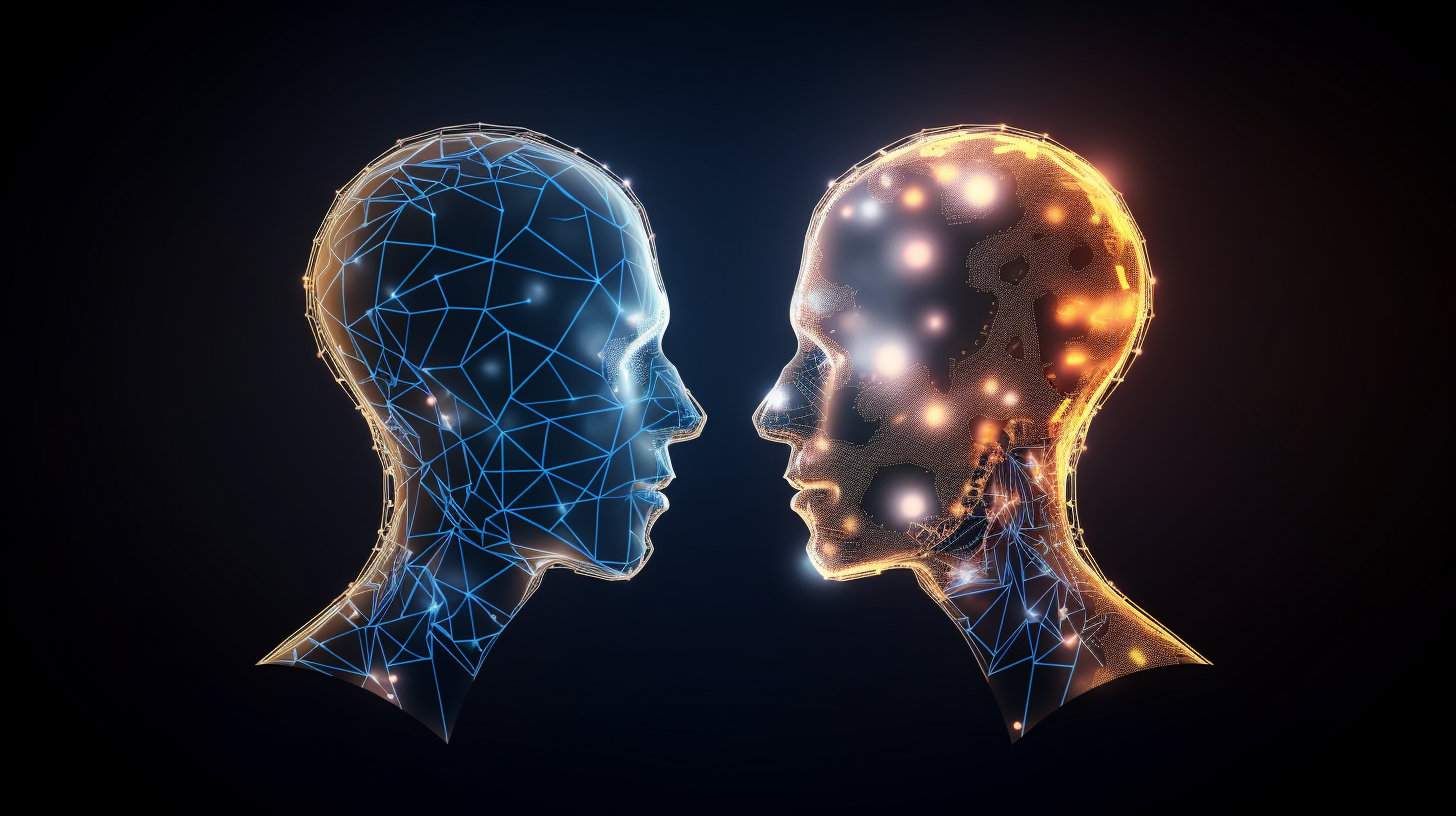
AI has the potential to transform social media by improving content moderation, enhancing personalization and recommendation algorithms, and informing marketing and advertising strategies.
AI has the potential to impact social media in many ways, from improving content moderation to enhancing personalization and recommendation algorithms. For example, AI can be used to analyze user behavior and preferences, helping social media platforms to recommend content that is more relevant and engaging.
AI can also be used to detect and remove harmful or inappropriate content, such as hate speech or misinformation. This can help to create a safer and more positive online environment for users.
In addition, AI can be used to analyze social media data and identify trends and patterns that can be used to inform marketing and advertising strategies.
However, there are also concerns about the role of AI in social media. One of the key concerns is the potential for bias in AI-generated content recommendations and moderation decisions. If the training data used to train an AI system is biased, the generated outputs may also be biased, which could perpetuate harmful stereotypes or reinforce existing power dynamics.
Another concern is the need to ensure that the use of AI in social media is transparent and accountable. This includes ensuring that social media platforms are able to explain how their algorithms work and how decisions are made, as well as ensuring that there is oversight and regulation of the use of AI in social media.
Despite these challenges, the potential benefits of AI in social media are significant, and researchers and social media professionals are actively exploring the possibilities of AI-supported social media. By combining the strengths of human and machine intelligence, we may be able to achieve a more personalized and engaging social media experience while also promoting safety, accuracy, and fairness.
AI and cybercecurity
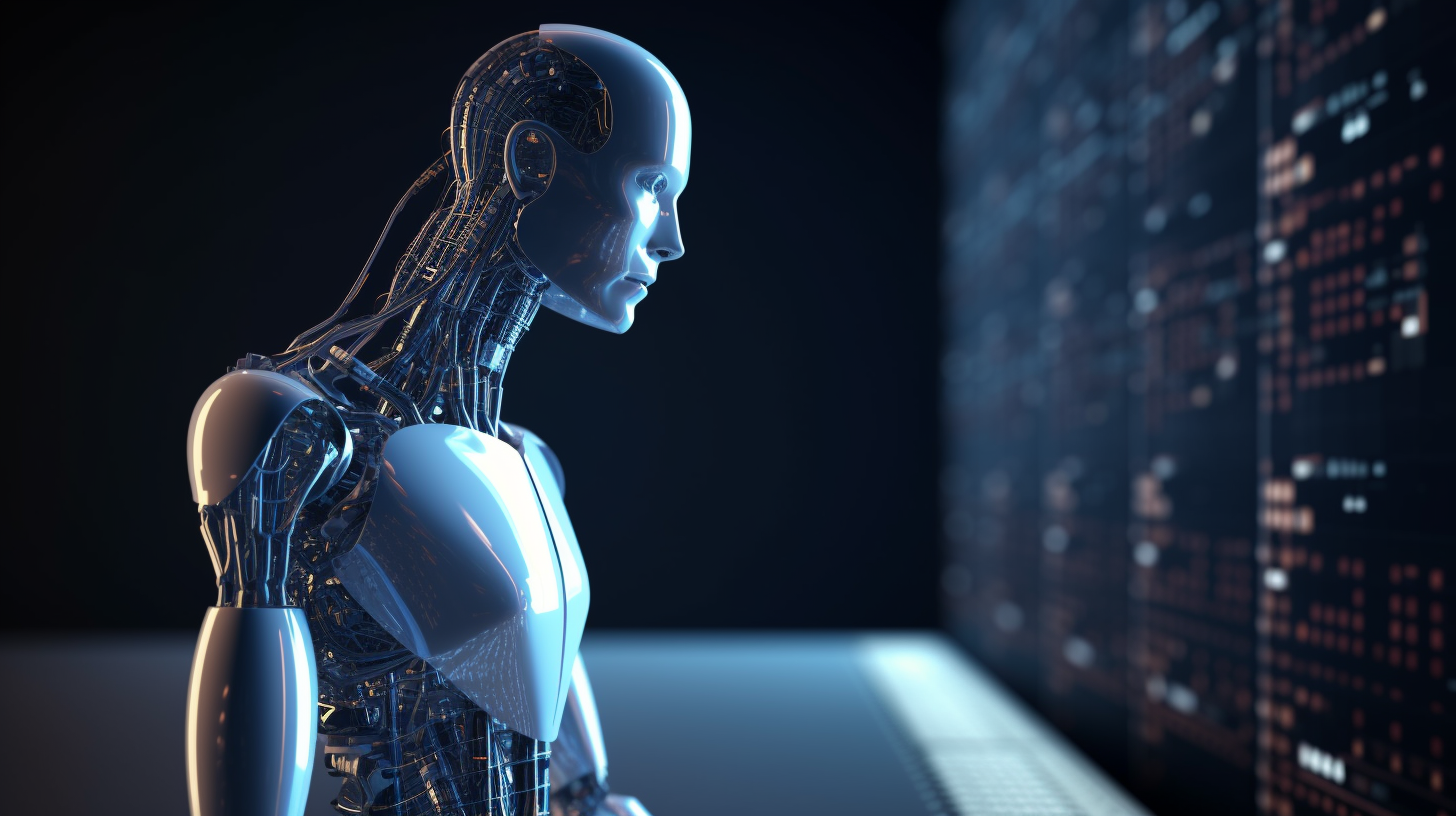
AI has the potential to enhance our ability to detect and respond to cyber threats, by providing predictive models, automating routine tasks, and improving the accuracy and effectiveness of cybersecurity defenses.
Cybersecurity is an increasingly important issue in today’s world, as cyber attacks become more frequent and sophisticated. AI can be used in cybersecurity in a variety of ways, from detecting and responding to cyber attacks to identifying vulnerabilities and developing more effective security strategies.
One of the key ways in which AI can be used in cybersecurity is through the development of predictive models that can identify potential cyber threats before they occur. For example, AI can be used to analyze network traffic and identify patterns that indicate the presence of a cyber attack.
AI can also be used to automate routine cybersecurity tasks such as patching and updating software, freeing up cybersecurity professionals to focus on more complex tasks such as threat hunting and incident response.
In addition, AI can be used to improve the accuracy and effectiveness of cybersecurity defenses, by identifying vulnerabilities and developing more effective security strategies.
However, there are also challenges associated with the use of AI in cybersecurity. One of the key challenges is the need to ensure that the use of AI is ethical and aligned with cybersecurity values. This includes ensuring that the use of AI does not compromise the privacy and security of sensitive data.
Another challenge is the need to ensure that AI systems are transparent and interpretable, so that cybersecurity professionals can understand how decisions are being made and have confidence in the accuracy of the results.
Despite these challenges, the potential benefits of AI in cybersecurity are significant, and researchers and cybersecurity professionals are actively working to develop and deploy AI systems in a responsible and ethical manner.
AI and education
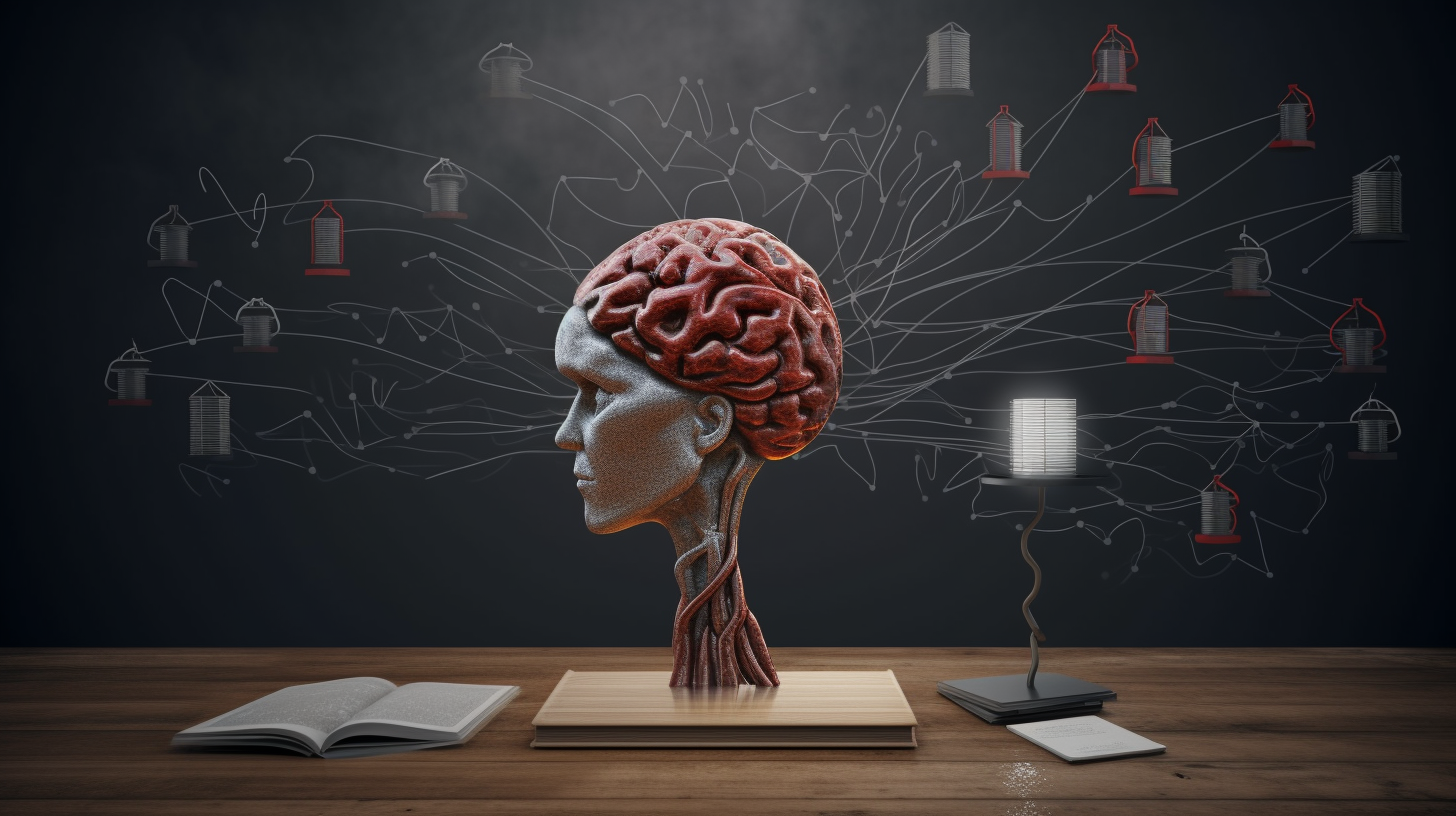
AI has the potential to transform education, by providing personalized learning experiences, automating routine tasks, and improving access and affordability.
AI can be used in education in a variety of ways, from personalized learning and assessment to improving access and affordability. For example, AI can be used to adapt learning materials and activities to the needs and abilities of individual students, providing a more personalized and effective learning experience.
AI can also be used to automate routine tasks such as grading and feedback, freeing up teachers to focus on more complex tasks such as mentoring and coaching.
In addition, AI can be used to improve access and affordability, by providing educational resources and materials to students who may not have access to traditional educational institutions.
However, there are also challenges associated with the use of AI in education. One of the key challenges is the need to ensure that the use of AI is ethical and aligned with educational values. This includes addressing issues related to bias, as well as ensuring that the use of AI does not compromise the privacy and security of student data.
Another challenge is the need to ensure that AI systems are transparent and interpretable, so that teachers and students can understand how decisions are being made and have confidence in the accuracy of the results.
Despite these challenges, the potential benefits of AI in education are significant, and researchers and educators are actively working to develop and deploy AI systems in a responsible and ethical manner.
AI and creativity
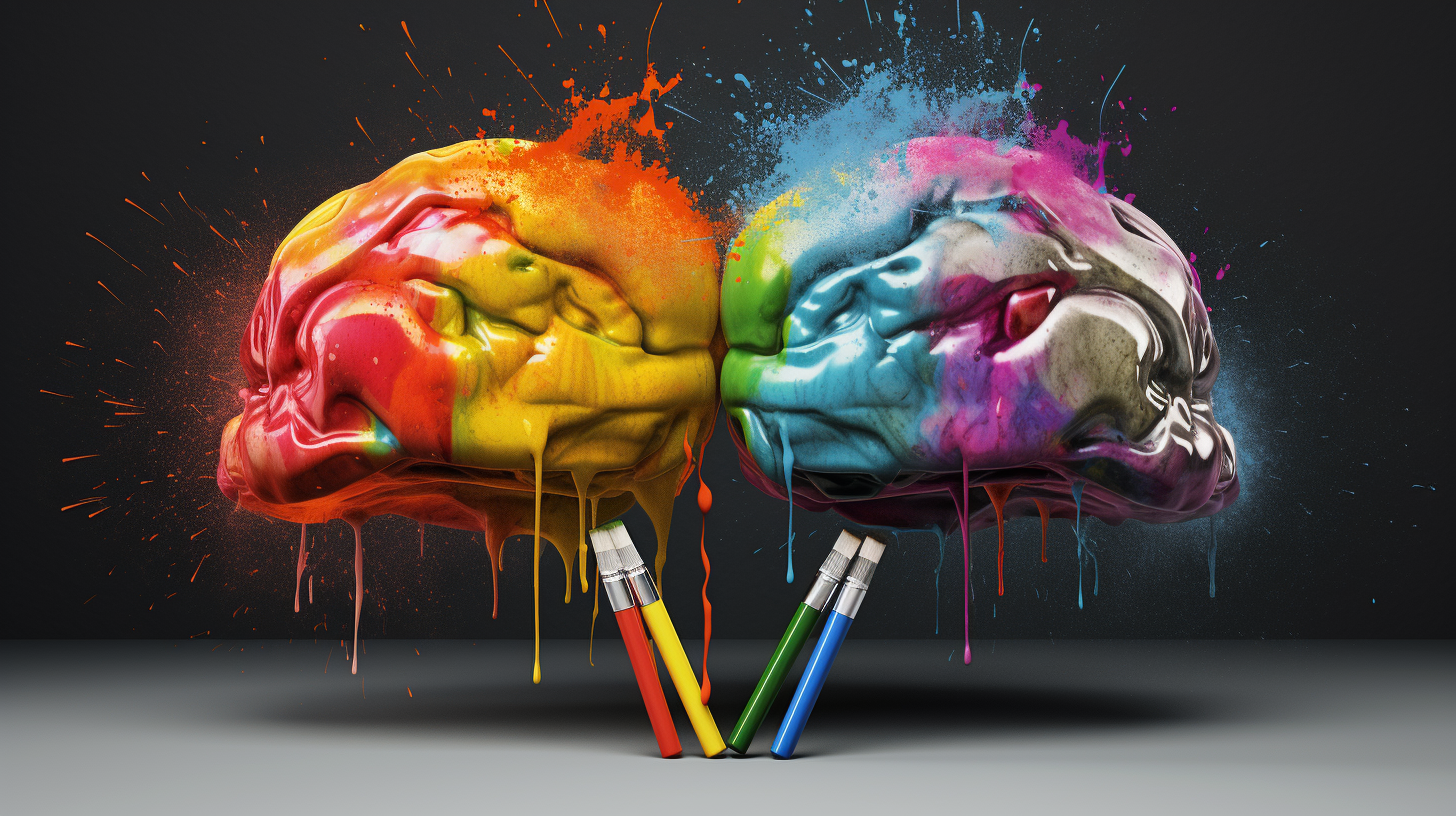
AI has the potential to challenge our assumptions about creativity and to push the boundaries of what is possible in the creative arts.
Traditionally, creativity has been seen as a uniquely human trait, but AI has the potential to challenge this assumption by generating creative outputs such as art, music, and literature. AI systems can be trained on large datasets of creative works and can use this information to generate new works that are similar in style or content to those in the dataset.
AI can also be used to augment human creativity, by providing tools and assistance to help humans generate and refine creative ideas. For example, AI can be used to suggest new directions for a creative project or to provide feedback on works in progress.
However, there are also concerns about the role of AI in creativity. Some argue that the use of AI in creative fields could lead to a devaluation of human creativity, or that AI-generated works may lack the depth and complexity of human-generated works.
Another concern is the potential for bias in AI-generated creative outputs. If the training data used to train an AI system is biased, the generated outputs may also be biased, which could perpetuate harmful stereotypes or reinforce existing power dynamics.
Despite these concerns, the potential benefits of AI in creativity are significant, and researchers and artists are actively exploring the possibilities of AI-generated creative outputs. By combining the strengths of human and machine creativity, we may be able to achieve new heights of artistic expression and innovation.
AI and the environment
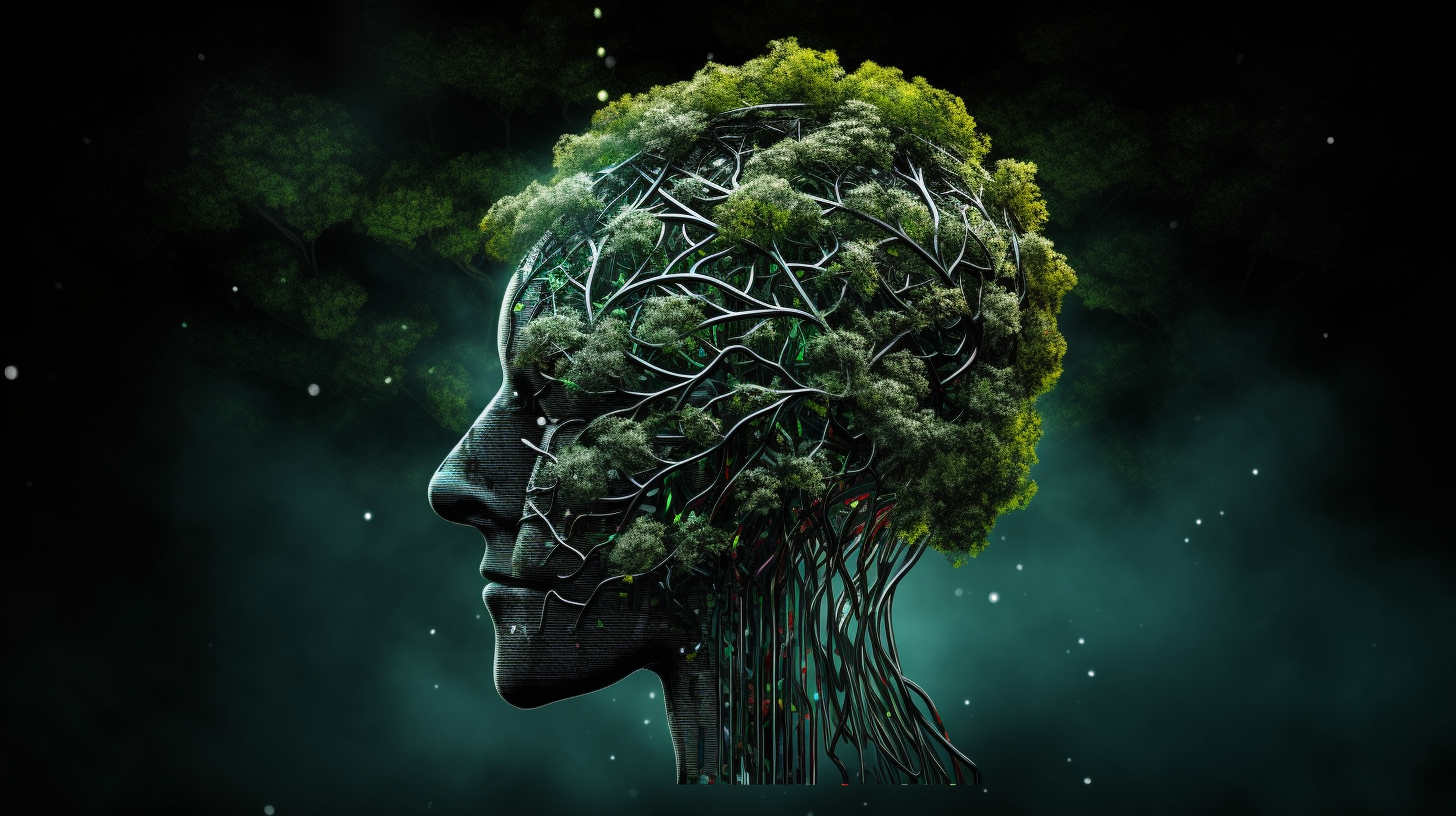
AI has the potential to transform the way we manage and conserve the environment, by providing more accurate and efficient tools for monitoring and predicting environmental changes, optimizing resource use, and developing sustainable technologies.
AI can be used in environmental management and conservation in a variety of ways, from monitoring and predicting environmental changes to improving resource efficiency and reducing waste. For example, AI can be used to analyze data from sensors and satellites to identify patterns and predict changes in the environment, such as changes in temperature or the spread of wildfires.
AI can also be used to optimize resource use and reduce waste, for example by optimizing the use of energy and water resources, or by reducing the amount of material waste generated in manufacturing processes.
In addition, AI can be used to accelerate the development of new sustainable technologies, such as renewable energy sources and green transportation systems.
However, there are also challenges associated with the use of AI in environmental management and conservation. One of the key challenges is the need to ensure that the use of AI is ethical and aligned with environmental values.
Another challenge is the need to ensure that AI systems are transparent and interpretable, so that environmental professionals can understand how decisions are being made and have confidence in the accuracy of the results.
Despite these challenges, the potential benefits of AI in environmental management and conservation are significant, and researchers and environmental professionals are actively working to develop and deploy AI systems in a responsible and ethical manner.
AI and the future of work

AI has the potential to transform the way we work, by automating routine tasks, enhancing productivity, and creating new opportunities for collaboration between humans and machines.
AI has the potential to transform the way we work, by automating routine tasks, improving decision-making, and enhancing productivity. At the same time, there are concerns about the potential negative impacts of AI on employment, such as job displacement and the widening of income inequality.
While it is true that some jobs may be automated as a result of AI, there are also opportunities for new and different types of jobs to be created. For example, as AI systems become more sophisticated, there will be a growing need for individuals with skills in areas such as data science, machine learning, and natural language processing.
Another way in which AI is likely to transform the nature of work is through the development of new forms of collaboration between humans and machines. For example, AI can be used to augment human capabilities, by providing assistance with complex tasks, such as medical diagnosis or financial analysis.
At the same time, it is important to ensure that the benefits of AI are distributed fairly across different groups in society. This includes addressing issues related to biases in AI decision-making, as well as ensuring that individuals have access to the training and education necessary to take advantage of the new opportunities created by AI.
AI and sustainability

AI has the potential to play a critical role in addressing some of the world’s most pressing sustainability challenges, from climate change to resource depletion. By developing and using AI in a responsible and sustainable way, we can create a more prosperous and equitable future for all.
AI has the potential to play a critical role in addressing some of the world’s most pressing sustainability challenges, such as climate change, resource depletion, and environmental degradation. For example, AI can be used to optimize energy use, reduce waste, and improve the efficiency of transportation systems.
One of the key ways in which AI can contribute to sustainability is through the development of predictive models that can help us better understand and manage complex environmental systems. For example, AI can be used to develop models that predict the effects of climate change on ecosystems, or that identify areas where renewable energy sources are most effective.
AI can also help us to reduce waste and improve the efficiency of resource use. For example, AI can be used to optimize supply chains and reduce the amount of material waste generated in manufacturing processes.
At the same time, there are also concerns about the potential negative impacts of AI on sustainability. For example, the energy consumption associated with AI training and operation can be significant, and there are concerns about the potential environmental impacts of the materials used to manufacture AI hardware.
To address these concerns, researchers and engineers are working on developing more energy-efficient AI systems and reducing the environmental impact of AI hardware. At the same time, there is a growing interest in the development of AI tools and applications that can help us achieve more sustainable outcomes across a wide range of domains.
AI and decision-making

AI has the potential to improve decision-making processes in a variety of contexts, but it is important to ensure that its use is ethical, transparent, and aligned with human values. By addressing concerns about bias, transparency, and accountability, we can ensure that AI serves the common good and contributes to a more just and equitable society.
AI can be used to support decision-making in a variety of contexts, from business and finance to healthcare and criminal justice. For example, AI can be used to analyze large datasets and identify patterns and insights that humans may not be able to identify on their own.
AI can also be used to automate routine decision-making tasks, freeing up humans to focus on more complex and nuanced decision-making processes.
However, there are also concerns about the role of AI in decision-making. One of the key concerns is the potential for bias in AI decision-making processes. If the training data used to train an AI system is biased, the system may generate biased results that perpetuate harmful stereotypes or reinforce existing power dynamics.
Despite these concerns, the potential benefits of AI in decision-making are significant, and researchers and practitioners are actively exploring the possibilities of AI-supported decision-making processes. By combining the strengths of human and machine decision-making, we may be able to achieve more accurate, efficient, and fair decision-making outcomes.
AI and finance
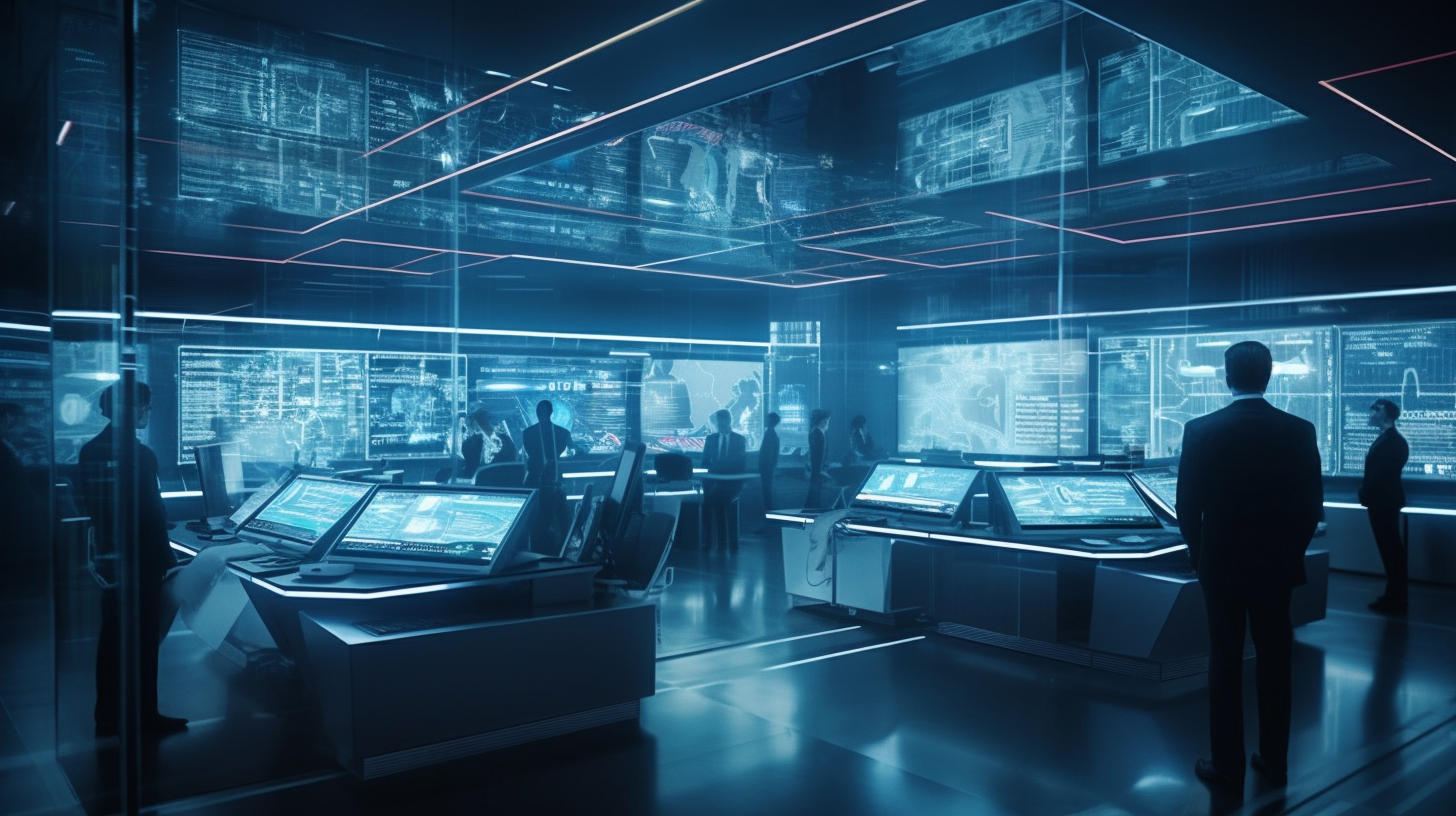
AI has the potential to transform the finance industry by improving investment decisions, enhancing risk management and fraud detection, and optimizing financial operations.
AI has the potential to transform the finance industry in many ways, from improving investment decisions to enhancing risk management and fraud detection. For example, AI can be used to analyze large amounts of financial data to identify patterns and insights that may be difficult for humans to identify on their own.
AI can also be used to develop predictive models that can help investors to make more informed investment decisions. This can lead to better returns and reduced risk.
In addition, AI can be used to enhance risk management and fraud detection in the finance industry. For example, AI can be used to monitor transactions and detect suspicious activity, helping to prevent fraud and financial crime.
However, there are also challenges associated with the use of AI in finance. One of the key challenges is the need to ensure that the use of AI is ethical and aligned with finance values. This includes addressing issues related to bias and discrimination, as well as ensuring that the use of AI does not compromise the privacy and security of financial data.
Another challenge is the need to ensure that AI systems are transparent and interpretable, so that finance professionals can understand how decisions are being made and have confidence in the accuracy of the results.
Despite these challenges, the potential benefits of AI in finance are significant, and researchers and finance professionals are actively exploring the possibilities of AI-supported finance. By combining the strengths of human and machine intelligence, we may be able to achieve more accurate and informed financial decision-making, leading to better financial outcomes for individuals and organizations.
AI and ethics

AI has the potential to transform many aspects of our lives, but it is important to ensure that its development and deployment are aligned with human values and goals. By addressing ethical considerations in the development and deployment of AI, we can ensure that AI serves the common good and contributes to a more equitable and just society.
As AI becomes more advanced and ubiquitous, it is important to consider the ethical implications of its use. AI systems have the potential to impact many aspects of our lives, from our personal interactions and decision-making to our social structures and political systems.
One of the key ethical considerations in the development and deployment of AI is the need to ensure that AI systems are aligned with human values and goals. This includes ensuring that AI systems are designed to promote human well-being and that they respect human rights and dignity.
Another ethical consideration is the need to ensure that AI systems are transparent and accountable. This includes ensuring that AI systems are able to explain their decisions and actions in a way that is understandable and interpretable, as well as ensuring that there is accountability and oversight for the development and deployment of AI systems.
A related consideration is the need to address issues related to bias and discrimination in AI. AI systems can perpetuate existing biases and power dynamics if they are trained on biased data or if they reflect the biases of their designers.
It is also important to consider the potential impacts of AI on employment, privacy, and inequality, and to ensure that the benefits of AI are distributed fairly across different groups in society.
In addition, there are broader questions about the role of AI in society, including the potential for AI to challenge our assumptions about what it means to be human and to impact our social structures and political systems.
Conclusion
In conclusion, the power of AI is transforming various industries and holds great promise for improving efficiency, accuracy, and productivity across the board. From agriculture to finance, healthcare to transportation, AI is being used to address some of the most pressing challenges we face today. However, the use of AI must be balanced with a commitment to ethics and transparency to ensure that it is used in a way that benefits society as a whole. As AI continues to advance, it is critical that researchers and professionals work together to address the challenges and opportunities that arise in its application across industries. By doing so, we can harness the full potential of AI to create a better future for all.